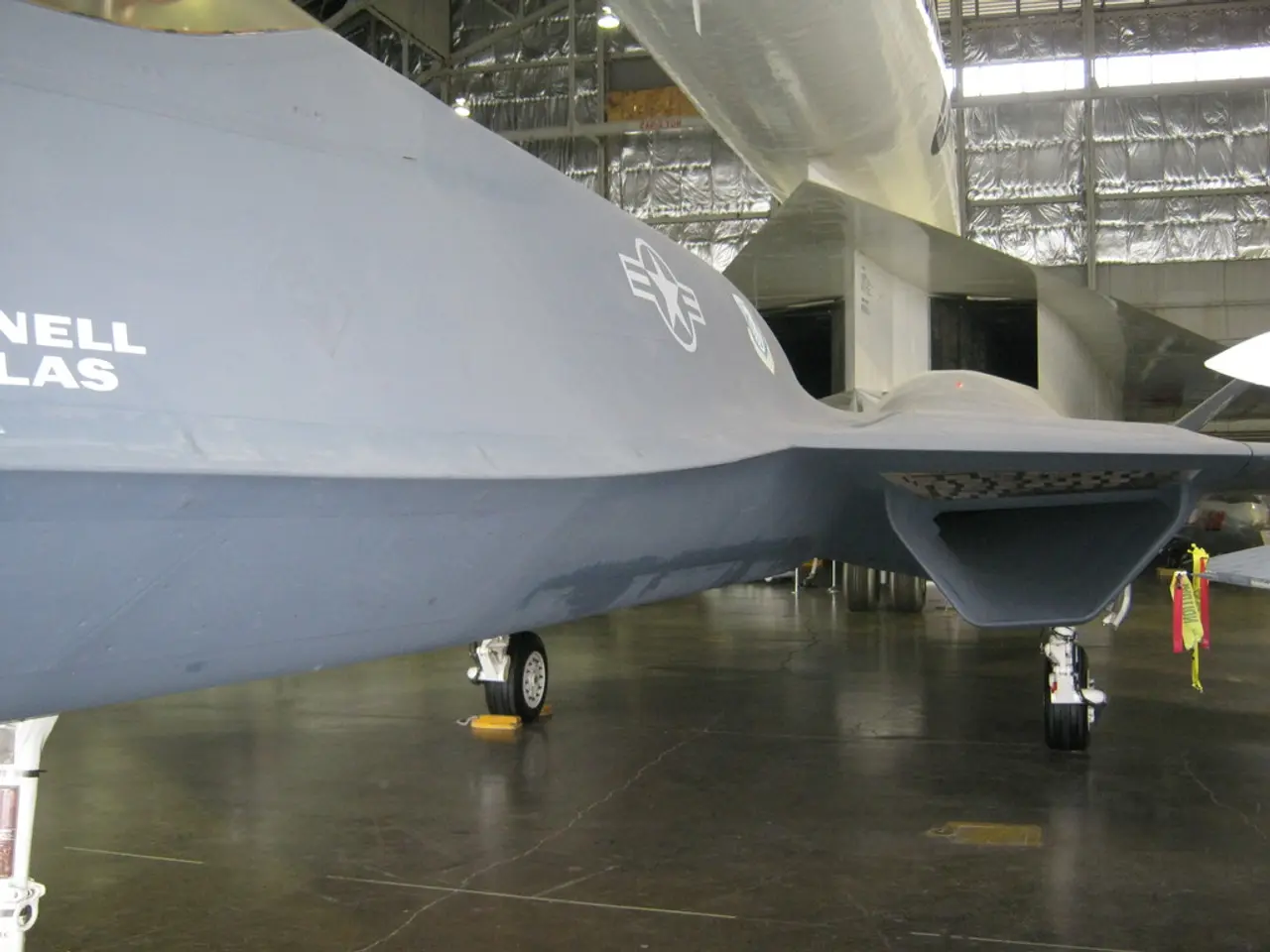Louis Bleriot's Groundbreaking Aviation: Inaugural Aircraft Journey Spanning Europe to Britain.
Louis Bleriot's Historic English Channel Crossing
Louis Bleriot, a French pilot and inventor born in Cambrai, made aviation history on July 25, 1909, when he successfully crossed the English Channel in his own-designed monoplane, the Bleriot XI. The flight, which covered approximately 23 miles (37 km) from Les Baraques near Calais, France, to Dover, England, took about 36½ minutes at an average speed of 40 mph.
This groundbreaking achievement earned Bleriot the £1000 prize offered by a British newspaper, The Daily Mail, which had announced a reward for the first successful heavier-than-air flight across the Channel. Bleriot's flight marked the first time an airplane had completed this feat, opening the skies to modern aviation and demonstrating the potential of powered flight over bodies of water.
Prior to this historic event, the interest in aviation in Europe was already growing significantly. In 1890, the monoplane named "Eole" took off with Ader, proving that a vehicle heavier than air could fly. However, it was Bleriot's success that truly accelerated the development of aircraft designs.
Before dedicating himself to aviation, Bleriot had already made a name for himself in the bicycle and automobile industries. He invested his earnings from these ventures into studying aviation, and after the successful flight of the Wright brothers in the USA in 1903, he turned his focus to powered aircraft instead of gliders.
Bleriot's achievement came after an earlier attempt by Hubert Latham, who had tried to cross the Channel on July 19, 1909, but crashed midway and was rescued. The English Channel crossing attempt by pilots from both France and England in the summer of 1909 was made from Calais to Dover, as it was the narrowest part of the sea.
After his successful flight, Bleriot continued to contribute to the aviation industry. During World War I, he gave trainings and designed aircraft for the French air force. After the war, he worked for the development of civil aviation. The Bleriot XI, the aircraft used for his successful English Channel crossing, became a popular aircraft in the early aviation era and laid the foundations of the aircraft manufacturing industry.
In conclusion, Louis Bleriot's historic crossing of the English Channel on July 25, 1909, marked his name in aviation history. His achievement not only opened the skies to modern aviation but also demonstrated the potential of powered flight over bodies of water. The Bleriot XI flight accelerated the development of aircraft designs and increased the interest in aviation in Europe, making Bleriot a pioneer in the field of aviation.
- The Bleriot XI, used in Louis Bleriot's historic flight, laid the foundations for the aerospace industry, indicating the significance of aircraft design in aviation history.
- Louis Bleriot's initial successes were not only in aviation; he had previously made a name for himself in the bicycle and automobile industries, signifying the intertwining of finance and the development of the early aviation industry.
- The English Channel crossing attempt by pilots in the summer of 1909 is a testament to the sports-analysis and strategic planning that came into play, given the challenging nature of the attempt.
- Bleriot's contributions to World War I and civil aviation emphasize the importance of technology and aviation in sports and sports-analysis, as developments in these areas have major implications for both the military and civilian sectors.








